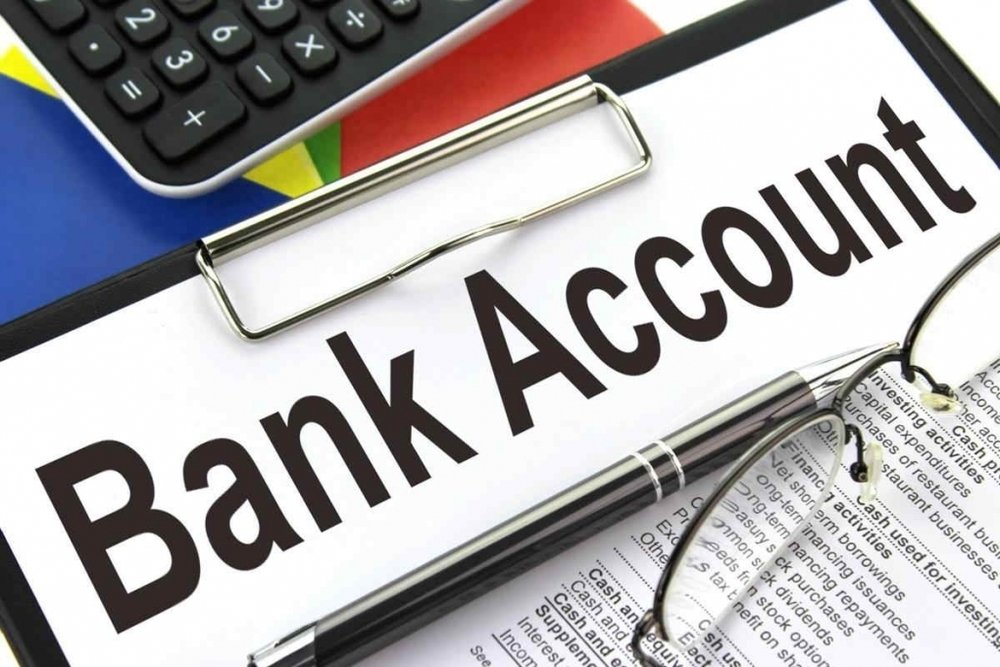Back to: FINANCIAL ACCOUNTING SS1
Welcome to class!
In today’s class, we will be talking about the bank account and its operations. Enjoy the class!
The Bank Account and its Operations

CONTENTS
- Types of accounts business or individual can maintain with a bank
- Benefits derived by a business that operates bank accounts
- Treatment of bank overdrafts
- Treatment of dishonoured cheques
- Reasons why a bank may dishonour a customer’s cheques
A bank is a financial institution that accepts deposit of money from its customers and lends money to some other customers on request.
Types of accounts that can be operated with commercial banks
- Current Account
- Savings Account
- Fixed Deposit Account
- Foreign Currency Domiciliary Account
Benefits derived by a business that operates a bank account
- Safe-keeping of the funds (money) of the business.
- The business can obtain business advice from the bank to promote/enhance its operations
- Ability to borrow from the bank to expand the operations of the business through loans and overdrafts
- The bank acts as an agent of payment on behalf of the business
- The business may earn interest on its deposits with the bank if it operates savings or deposit accounts
- Safe-keeping of other valuables e.g. documents, jewellery, etc.
- The bank can act as a referee to recommend the business to local /foreign businesses
- The business can buy/sell foreign exchange from/to the bank
Treatment of bank overdraft
Bank overdraft is granted when a customer is allowed to draw cheques over and above his credit balance with the bank. When the account is overdrawn, the business owes money to the bank. The effect of this is that the Bank Account in the Cash Book will have a credit balance instead of the normal debit balance.
Evaluation
- List three features of each of the following (a) current account (b) savings account (c) fixed deposit account
- What is a Cash Book
Treatment of dishonoured cheques
Dishonoured cheques are cheques received from customers of a business and lodged into a bank but were rejected(i.e. the bank declined to pay ) as a result of insufficient funds in the drawer’s account, an irregular signature of the drawer etc. When the business received the cheque initially, the Cash Book (i.e. bank column) was debited but when the cheque is dishonoured the Cash Book will have to be credited to reverse the earlier entry.
Reasons why banks may dishonour cheques
- Insufficient funds in drawer’s account
- Irregular signature of the drawer
- If the cheque is not dated
- If the cheque is post-dated (i.e. the cheque is presented at the bank before the date written on it)
- Alteration on cheque not endorsed (signed) by the drawer
- If the amount in words is different from the amount in figures
- If the cheque is not signed or where there are more than one signatories to the account; the signatures are not complete
- Stale cheque (i.e. the date on the cheque is more than six months before the date it was presented to the bank for payment)
- If the cheque is mutilated i.e. torn
- If the account is frozen on the orders of a court of law or other competent government agencies e.g. EFCC
- Payment stopped by the drawer
- If the account is closed
- If the bank receives notice of the death, insanity or bankruptcy of the customer.
Evaluation
- List and explain three parties to a cheque
- List five source documents employed in making entries into the Cash Book
Reading assignment
- Simplified and Amplified Financial Accounting Page 54 – 57
- Business Accounting 1 Page 83 – 89
General evaluation
- State five benefits a business can derive when it operate a bank account
- List three differences between bank overdraft and bank loan
- State four differences between a Current Account and a Savings Account
- Give seven reasons why a bank may dishonour its customer’s cheque
- Explain in details the following terms (a) post-dated cheque (b) stale cheque (c) dishonoured cheque
Weekend assignment
- Which of the following books of original entry is used to record all payments and receipts by cash or cheque (a) Sales Day Book (b) Cash Book (c) Purchases Day Book (d) General Journal
- An analytical cash book is used to (a) indicate sources of cash received (b) categorize petty cash payment (c) separate cash and bank balances (d)analyze amounts due from debtors
- Which of the following is not a source document (a) cheque stub (b) cash receipt (c) cash book (d) sales invoice
- In which ledger is the account of Yao, a debtor found (a) Nominal Ledger (b) Purchases Ledger (c) General Ledger (d) Sales ledger
- Which of the following has multiple uses (a) Sales Journal (b) Purchases Journal (c) General Journal (d) Returns Outwards Journal
Theory
- List five services provided by a bank to its customer
- Give three reasons why a business will prefer to operate a current account with a bank instead of a savings account.
In our next class, we will be talking about the Bank Reconciliation Statement. We hope you enjoyed the class.
Should you any further question, feel free to ask in the comment section below and trust us to respond as soon as possible.
